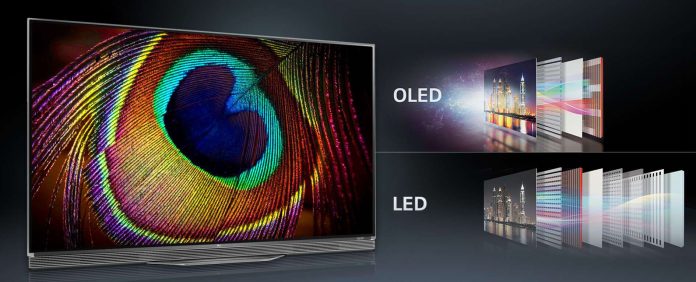Best TVs for Gaming in 2025: TVs for PS5, Xbox Series...
Whether you're playing fast-paced FPS titles, exploring massive open worlds, or enjoying split-screen co-op with friends, having one of the best gaming TVs can...
OLED is now a mature technology in the field of televisions. Discover the difference between a LED and an OLED TV.
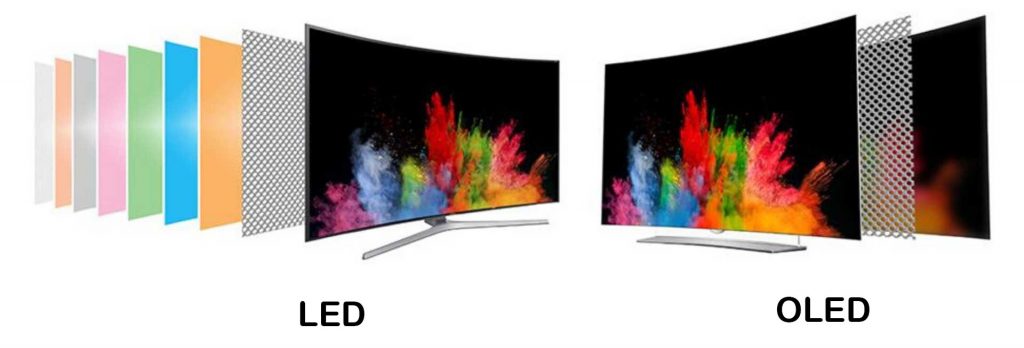
Today there are 3 main different technologies in TVs industry:
These 3 technologies have advantages and disadvantages in the way the image is generated and displayed.
Remember that the slab technology is independent of the screen resolution (HD, or 4K / UHD). OLED TVs being today high-end TVs, they are all in 4K, with a few rare exceptions.
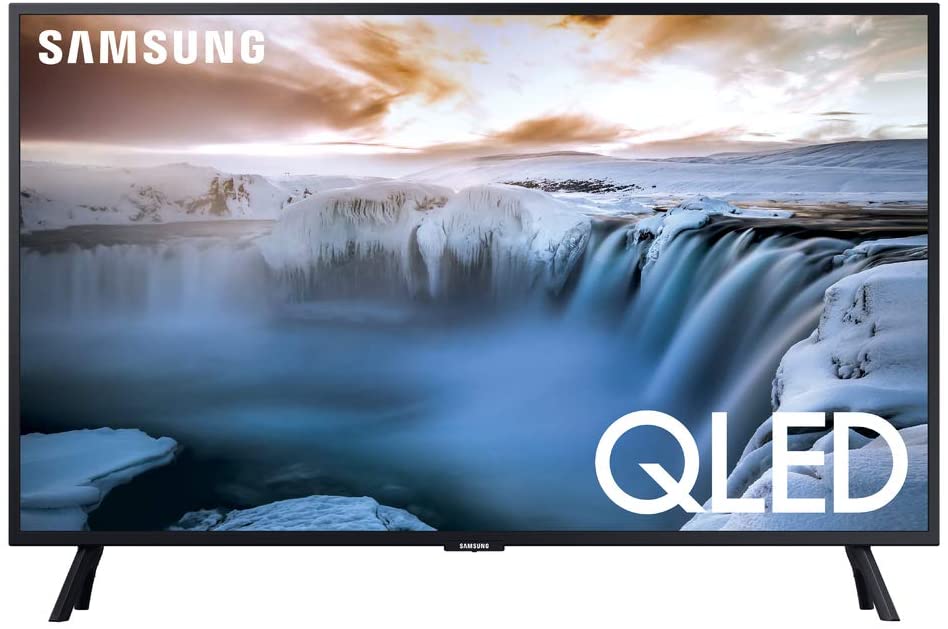
In order to understand the difference between LED and OLED, it is necessary to clarify an essential point: the way the image is generated on a TV.

LED TVs have in recent years completely replaced the so-called “LCD” TVs. Nevertheless it is an abuse of language, because a LED TV is still an LCD TV, meaning that it works with liquid crystals. The only thing that differs is the way the liquid crystal is illuminated on the screen so that it is visible:
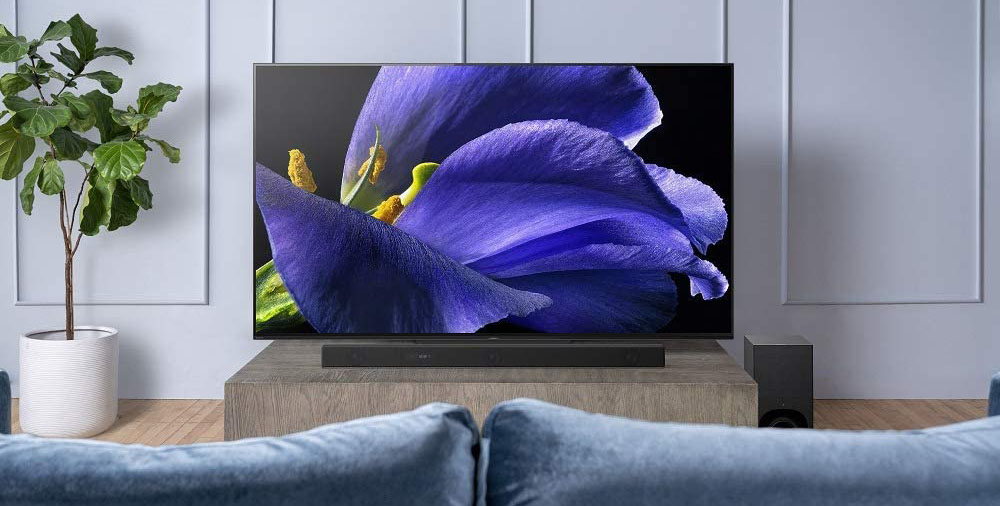
On an OLED TV, each pixel produces its own light to generate the image. OLED technology is therefore very different from LED.
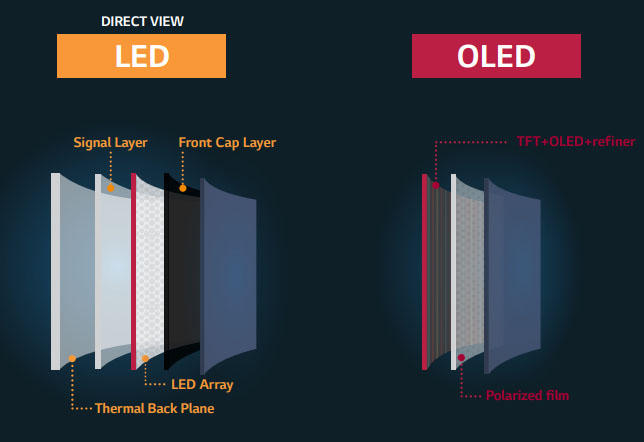
Thanks to this technology, OLED TVs have many advantages over LEDs.
OLED was indeed expected on televisions because this technology allows new possibilities because the pixels generate their own light:
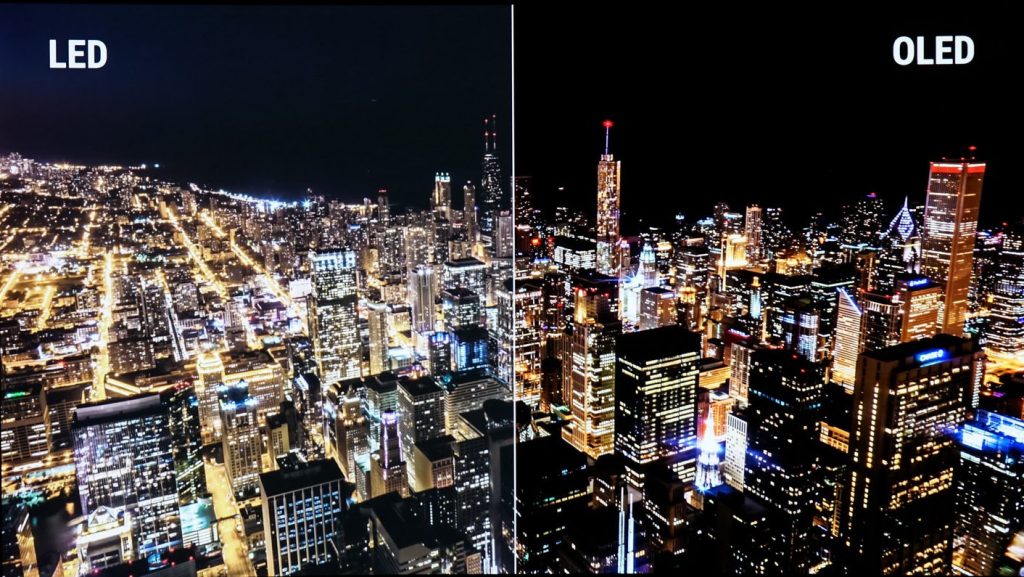
In addition, OLED technology makes it possible to further reduce the thickness of the screen (only a few millimeters thick), and to further reduce power consumption.
As we have seen previously, OLED display technology brings many advantages.
But the technology has a defect that should be mentioned: the risk of burn-in.
The burn-in corresponds to a permanent marking of an image on the slab, because of a fixed image remained too long on the screen. The marking is then definitive (contrary to the image persistence which is temporary).
On the OLED, each pixel is independent and generates its own light. With a normal use, the pixels will wear out in a more or less homogeneous way over time. But in case of a still image, some pixels will wear out faster than others. They then no longer have the same level of brightness, which causes the image to be marked.
With an OLED TV, you should therefore be careful not to leave the TV unnecessarily on a still picture. Especially with video games (no screen left on pause for an unreasonable amount of time) or when used with a PC. It can also happen that a portion of the image is fixed in certain uses (player interface of a video game, etc.).
Conscious of the “weakness” of the technology, OLED TV manufacturers have also developed devices to prevent the risk of burn-in of the OLED slab. These devices are of 4 types, depending on the TV model:
Everything is done to ensure that during normal use, screen marking does not occur on a TV. Nevertheless, the owner of an OLED TV should keep this risk in mind when using his TV. Finally, it seems that most manufacturer’s warranties do not cover burn-in.
If your budget allows it, the OLED will bring you unparalleled image quality. But this image quality comes at a price, which is particularly high compared to LED.
With OLED technology, the choice of manufacturers is more limited. We mainly find :
-LG.
-SONY.
Please also be aware that only LG manufactures OLED slabs, other manufacturers buy the slab from LG.
For its part, Samsung has abandoned OLED technology on TVs in favor of Quantum Dot / QLED, which is yet another slab technology.
Regarding the screen size, there were previously only 55 inches (140cm), 65 inches (165cm) and 77 inches (189cm). The year 2020 sees the arrival of the first 48-inch (123 cm) OLED TV models. But even on this reduced size, the price remains high because of the miniaturization requested.
OLED brings undeniably:
OLED TVs today are almost all in 4K, the few models that existed in HD are tending to disappear.
While OLED is certainly a technology of the future for TVs, it is still expensive today. Of course this will depend on your budget, as well as the screen diagonal you need.
OLED also presents a risk of screen marking if the still image is displayed for too long. The manufacturers multiply the devices making it possible to limit this risk for a normal use.
Since 2020, there are a few models of OLED TV in 48″. This smaller diagonal doesn’t allow to lower the price of OLEDs much.
On a TV of 55″, the question of OLED is to be thought about because there are “accessible” models, even if it remains a consequent purchase. However, there are very good LED TVs in this price range.
Above 55″, OLED TVs are still very expensive.
So, it’s all about choosing the technology adapted to your needs, and the price adapted to your wallet.
